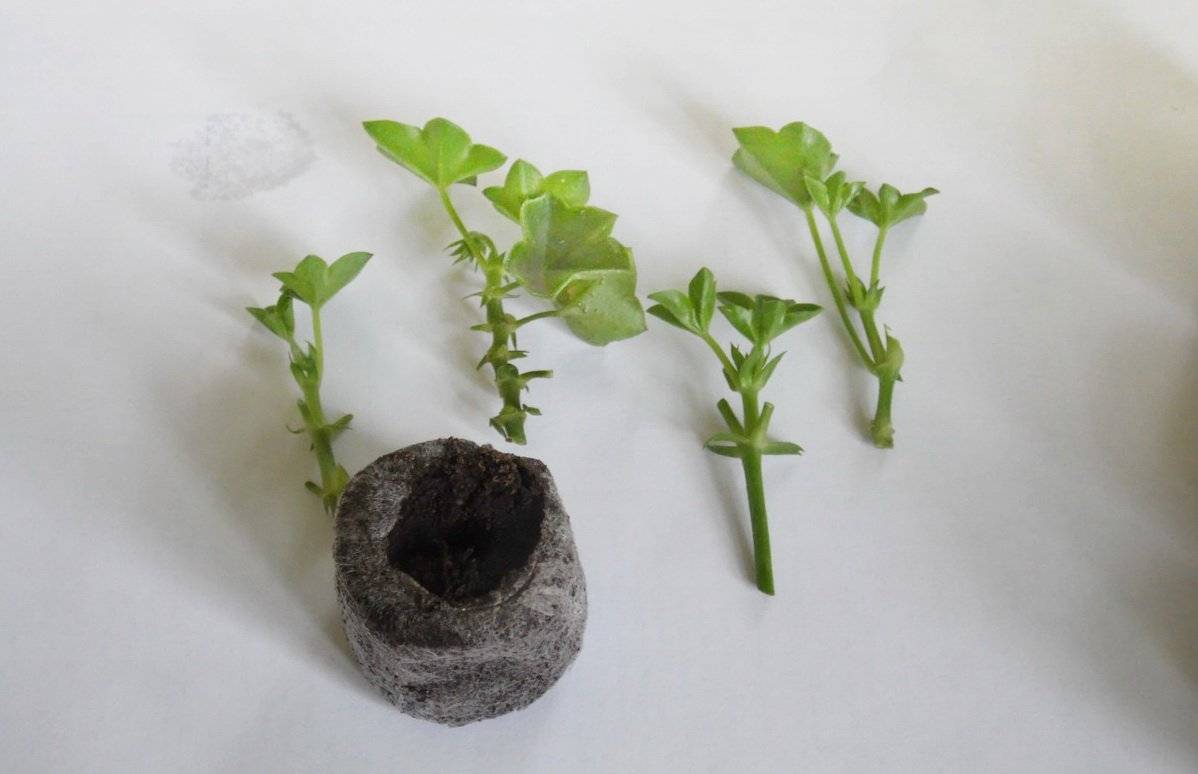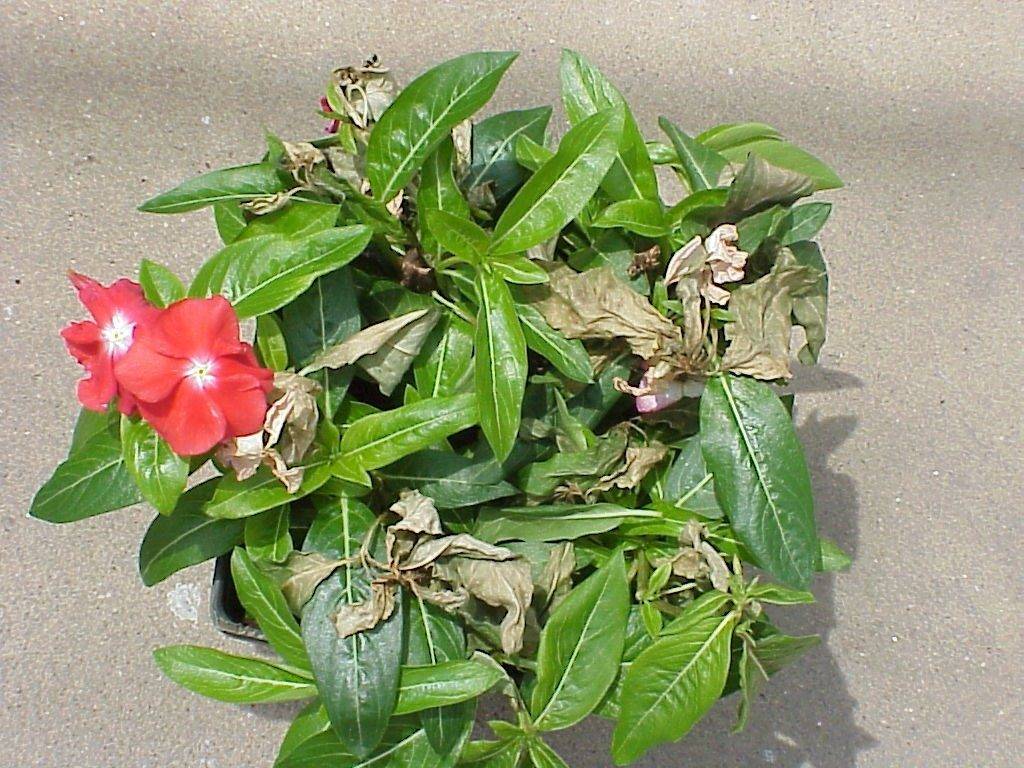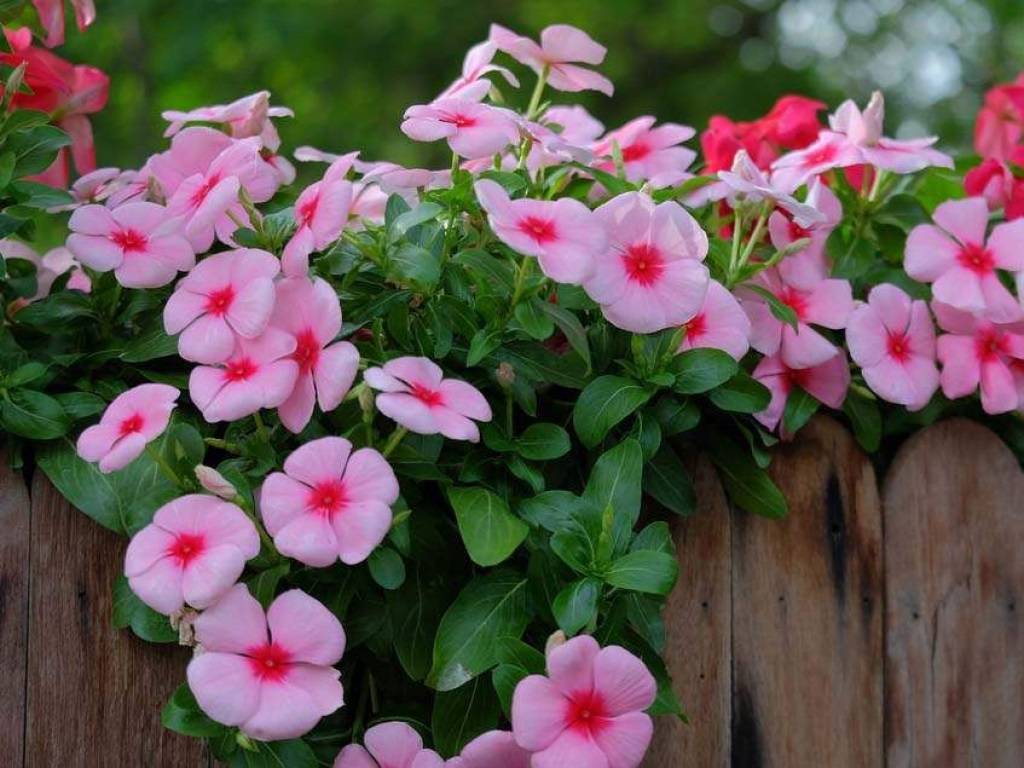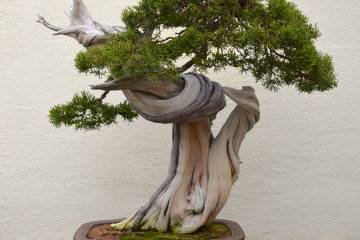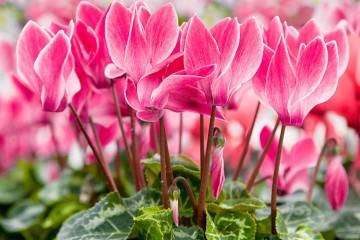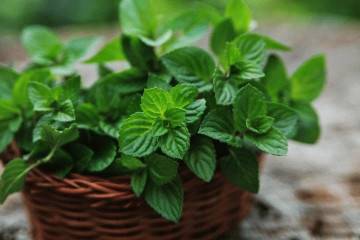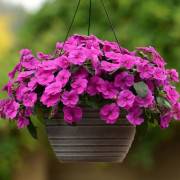How to grow ampelous catharanthus from seeds
Content:
At home, the catharanthus is grown as an ampelous plant. The whole bush is strewn with a cascade of small neat buds. The name is translated from Greek as "flawless and clear flower", which accurately characterizes its appearance. Despite its long flowering, the plant is not at all capricious in its care.
Katarantus flower for pots: growing and care
Growing and caring for an ampelous catharanthus in indoor conditions does not require certain skills and costs. The procedures are simple and straightforward, and the necessary items are always at hand.
Description of the catharanthus
Catharanthus ampelous is a low shrub, reaching a height of 40-60 cm, although in its natural habitat it can grow up to 1.5 meters. Its inflorescences are evenly distributed along the entire length of the shoots. The buds are small, on average 7-9 centimeters in diameter and have 5 white or pink petals.
It seems that, according to its description, the catharanthus has a rather primitive appearance, but this is not so. Another distinctive feature of the shrub is its leaf plates. They have a glossy, convex-pimpled surface. The leaves are deep green and small in size - about 5-8 centimeters long and 2-3 centimeters wide.
Ampelous catharanthus: growing from seeds
Growing a catharanthus using seeds is not an easy process, and it also takes a long period of time. Only after six months of efforts can the first serious results be achieved.
Sowing seeds is carried out in late winter or early March. You can sow each seed in separate peat pots, or you can do it in the usual traditional way - growing seedlings in boxes. But it is worth noting that the catharanthus does not tolerate transplants, which is why it has a very low survival rate of seedlings.
It is recommended to sow seeds to a depth of 2-3 centimeters into a substrate of loose chernozem mixed with humus or compost. For breathability, a little river sand is added there. After sowing, the soil must be thoroughly moistened and the box must be covered with a plastic cap or film. As the seedlings appear and grow, it is necessary to periodically ventilate and water the seedlings.
Seed preparation
The seeds must first be disinfected in order to exclude the appearance of various infectious diseases. Plants often do not sprout precisely because of the purchase of low-quality planting material.
Disinfection is carried out as follows: a pinch of potassium permanganate is diluted in a liter of water and gauze is dipped in it, then the seeds are wrapped in this damp cloth. Disinfection should last at least 30 minutes.
Reproduction of catharanthus by cuttings
One of the most convenient and effective breeding methods for the catharanthus is rooting cuttings.In an adult and healthy shrub, it is necessary to carefully separate the cuttings 10-15 centimeters long with an oblique cut. Remove the bottom leaves from each segment, leaving at least 3-4 plates at the top.
Before planting cuttings in the ground, it is recommended to first hold them in a solution of a growth biostimulator for about a day. Then rinse the ends in clean water and plant them in a box with a substrate until rooting. The very container for airing and hardening can be regularly taken out to the garden area.
Dividing the bush
This breeding method is carried out in the following way:
- In the spring, a catharanthus bush with the strongest roots is dug up.
- Gently divide the roots and stems into several equal parts.
- Each new seedling is planted in a separate place in the garden.
Conditions for growing ampelous catharanthus at home
The plant is unpretentious in growing, but does not forgive mistakes in its care. Already before planting the shrub in the ground, it is necessary to create the conditions necessary for its maintenance. First of all, choose a place for growing, it should be the most illuminated. The soil should be as loose as possible, every 3 weeks it is necessary to feed the plant with mineral fertilizers and apply organic matter twice a season.
Nursing when growing in a room
In indoor conditions, the catharanthus should be regularly looked after. It consists of periodically carried out measures, in the implementation of which it is recommended not to make mistakes.
Optimal light and comfortable temperature
Catharanthus flowers are very demanding on light, they like to stay in a lit place for a long time. For this purpose, it is better to grow them in the apartment on the western or southern windows. It is worth noting that on especially hot sunny days, especially during the flowering period of the bush, you need to remove the bush to the western or eastern windows. Direct sunlight can burn delicate buds and leaf plates.
Watering and humidity
The soil should be constantly slightly moistened, as soon as the top layer begins to dry out, it is watered. For irrigation, use settled soft water at room temperature, it should not be dirty and contain various impurities. After watering, the soil under the plant can be gently loosened, being careful not to hurt the root system.
The shrub needs high humidity, therefore, for this purpose, it is necessary to regularly spray with water from a spray bottle. In especially dry periods, the catharanthus is moistened several times a day.
Typical diseases and pests
Catharanthus is not highly resistant to diseases or insect parasites. Therefore, it is necessary to carry out a visual inspection of the flower more often in order to identify these problems in time.
Of the diseases, the catharanthus most often suffers from leaf rust. On the front side of the plates, dark spots with bulges are formed, and on the back - pimples, similar to pustules. The reasons for the appearance are the lack of ventilation, stuffy hot and humid air.
Among pests, thrips and scale insects are a particular problem, which appear due to waterlogging of the soil. They eat the fleshy parts of the bush and lay their eggs on the back of the leaves. To combat them, insecticides are used.
Possible problems when growing catharanthus
Growing a catharanthus and not encountering a single problem is a rare occurrence. Among the most common of them are the following:
- the fall of the green mass of the bush - occurs due to excessive watering, low temperatures and insufficient natural lighting;
- yellowing and drying of foliage - due to direct sun rays scorching for a long time;
- drying out of the edges of the leaf plates - the reason is in dry air;
- the bush does not bloom due to the lack of transplants, overgrowth of the root system in a cramped pot, improper feeding or lack of it.
Katarantus is a flowering plant that has compact dimensions and a spectacular appearance. This ampelous shrub can be used to decorate a personal plot, terrace and balconies. The dense, glossy foliage does not obscure or hide the abundant flowering of the shrub. Therefore, in order not to lose its decorative effect, one should take a more careful approach to planting, care and other aspects of growing a catharanthus.

